Renaissance man: Jan Fabre’s sculptural dialogue with Florence
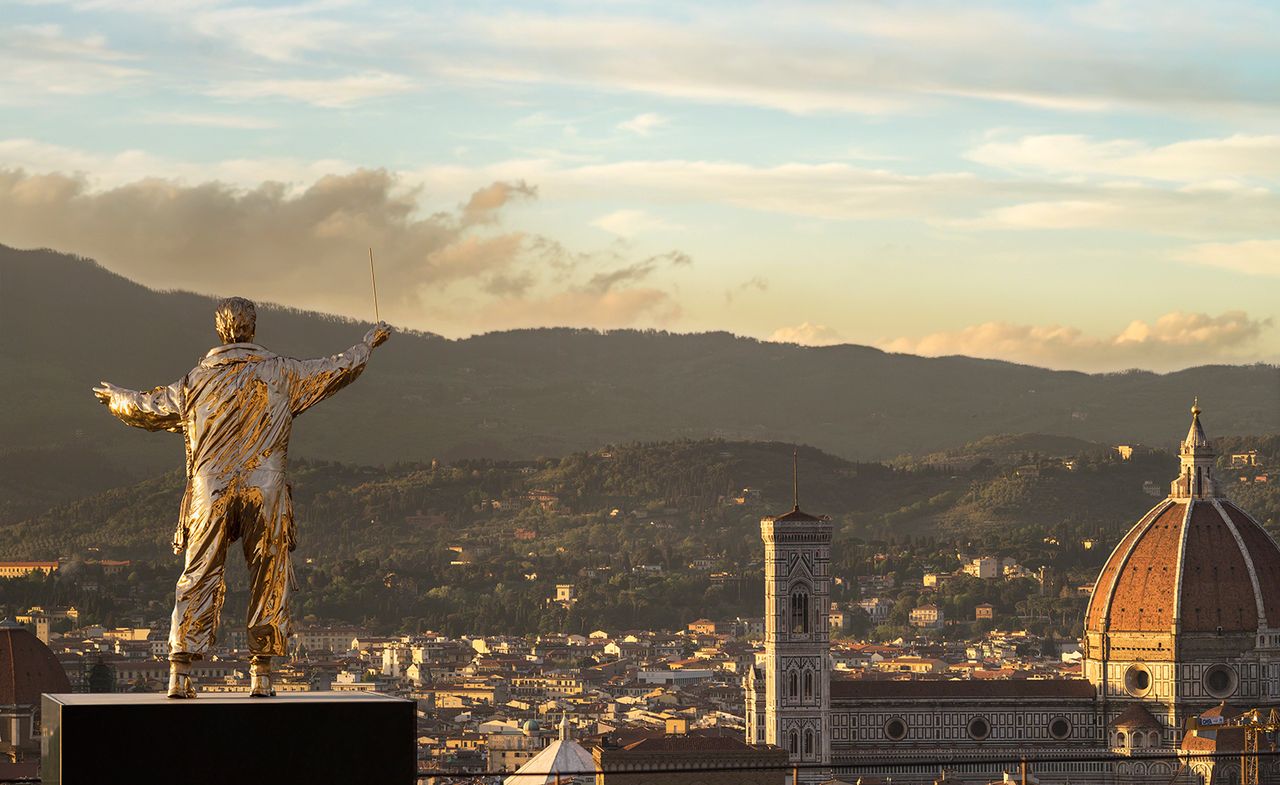
This summer and autumn, three impressive locations in Florence – steeped in history and prominent for their centuries-old fine art standings – will be temporarily redefined by the work of Jan Fabre.
In and around the former Medici strongholds of Forte di Belvedere, Piazza della Signoria and Palazzo Vecchio, Fabre builds a rapport with the strong political and religious symbols this cradle of the Renaissance is strewn with, reactivating them through his own work. 'I think I was invited because, to the organisers, I am a kind of contemporary Renaissance artist. I sculpt, I draw, I write, I do solo performances and direct a theatre company,' says Fabre.
Florence gladly reminds itself of its Renaissance spirit, and the relation between Fabre’s work and the historical artifacts is touching in its humanity and universalism. Amid the equestrian monuments on the Piazza della Signoria, Fabre’s Searching for Utopia – his own likeness perched upon a giant tortoise – emphasises the military bravado surrounding it. Next to Michelangelo’s David, The man who measures the clouds, speaks of a wholly different type of idealism.
At the Forte di Belvedere, Fabre's bronze Spiritual Guard sculptures look out over the Florentine valley from their lookout posts; while his iridescent scarab beetle pieces hold their own between the colourful frescoes of the Palazzo Vecchio – his sizeable Globe especially, a striking echo of historical cartography in the Medici Hall of Maps.
A new work performed live on the Piazza – a video of which is shown at the Forte di Belvedere – displayed a completely different idea, that of the artist-as-worm. 'If you remove a worm from the earth, the earth deteriorates,' Fabre explains. 'If you remove the artist from society, society deteriorates.'
Fabre’s work, in such an intimate relationship with Florence’s landmarks, is set to do the opposite.
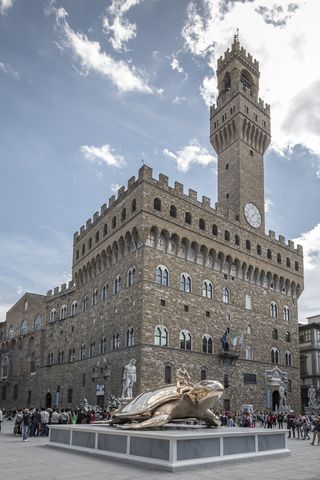
In and around the former Medici strongholds of Forte di Belvedere, Piazza della Signoria (pictured) and Palazzo Vecchio, Fabre builds a rapport with the strong political and religious symbols the city is strewn with, reactivating them through his own work
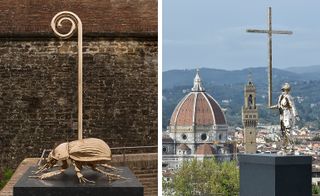
Fabre notes, ’I think I was invited because, to the organisers, I am a kind of contemporary Renaissance artist. I sculpt, I draw, I write, I do solo performances and direct a theatre company’. Pictured left: Holy dung beetle with walking stick, 2012.
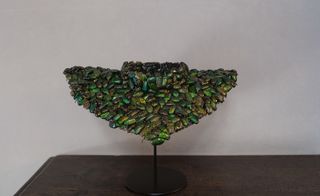
Florence gladly reminds itself of its Renaissance spirit, and the relation between Fabre’s work and the historical artifacts is touching in its humanity and universalism
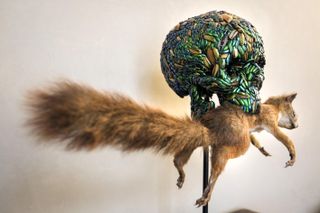
Fabre’s iridescent scarab beetle pieces hold their own between the colourful frescoes of the Palazzo Vecchio.
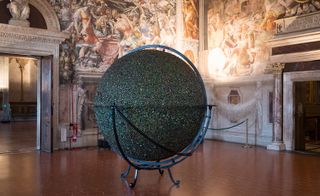
Fabre’s sizeable Globe is a striking echo of the historical cartography in the Medici Hall of Maps.
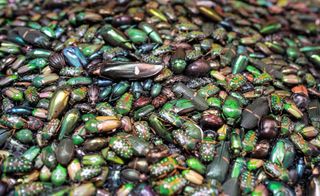
Globe (detail), 1997
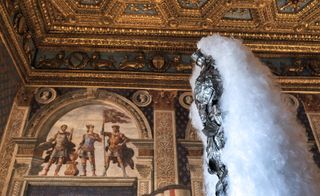
’If you remove a worm from the earth, the earth deteriorates’, Fabre explained. ’If you remove the artist from society,
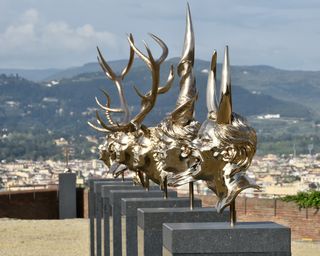
Chapters I–XVIII, 2010
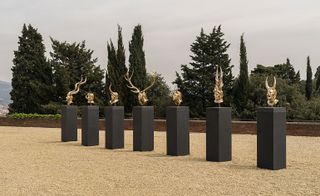
Chapters I–XVIII, 2010
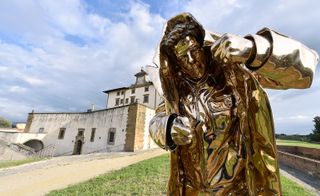
The man who gives a light, 2002.
INFORMATION
For more information, visit Jan Fabre’s website
Photography courtesy Angelos Bvba
Wallpaper* Newsletter
Receive our daily digest of inspiration, escapism and design stories from around the world direct to your inbox.
Siska Lyssens has contributed to Wallpaper* since 2014, covering design in all its forms – from interiors to architecture and fashion. Now living in the U.S. after spending almost a decade in London, the Belgian journalist puts her creative branding cap on for various clients when not contributing to Wallpaper* or T Magazine.
-
 Piaget’s new Sixtie watches recall a glamorous history at Watches and Wonders 2025
Piaget’s new Sixtie watches recall a glamorous history at Watches and Wonders 2025Piaget draws on historical codes with the trapeze-shaped Sixtie watch collection, revealed at Watches and Wonders 2025
By Hannah Silver Published
-
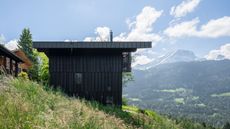 A contemporary Swiss chalet combines tradition and modernity, all with a breathtaking view
A contemporary Swiss chalet combines tradition and modernity, all with a breathtaking viewA modern take on the classic chalet in Switzerland, designed by Montalba Architects, mixes local craft with classic midcentury pieces in a refined design inside and out
By Jonathan Bell Published
-
 Cartier dials up the glamour at Watches and Wonders 2025
Cartier dials up the glamour at Watches and Wonders 2025Cartier revamps much-loved watch collections, from Privé and Panthère to Tank and Tressage, upping the sparkle at the watch fair in Geneva
By Thor Svaboe Published
-
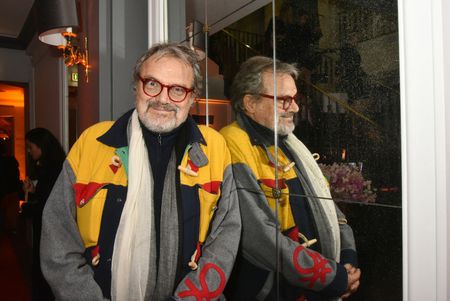 Remembering Oliviero Toscani, fashion photographer and author of provocative Benetton campaigns
Remembering Oliviero Toscani, fashion photographer and author of provocative Benetton campaignsBest known for the controversial adverts he shot for the Italian fashion brand, former art director Oliviero Toscani has died, aged 82
By Anna Solomon Published
-
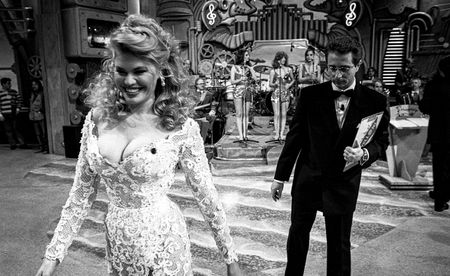 Distracting decadence: how Silvio Berlusconi’s legacy shaped Italian TV
Distracting decadence: how Silvio Berlusconi’s legacy shaped Italian TVStefano De Luigi's monograph Televisiva examines how Berlusconi’s empire reshaped Italian TV, and subsequently infiltrated the premiership
By Zoe Whitfield Published
-
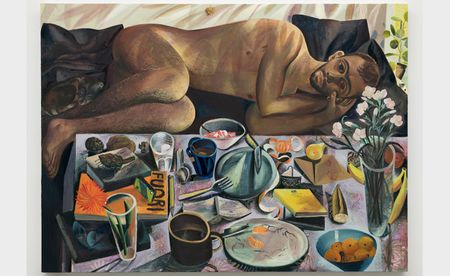 Louis Fratino leans into queer cultural history in Italy
Louis Fratino leans into queer cultural history in ItalyLouis Fratino’s 'Satura', on view at the Centro Pecci in Italy, engages with queer history, Italian landscapes and the body itself
By Sam Moore Published
-
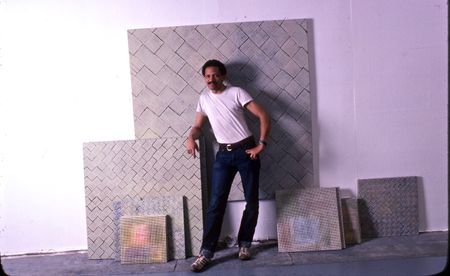 Inside Jack Whitten’s contribution to American contemporary art
Inside Jack Whitten’s contribution to American contemporary artAs Jack Whitten exhibition ‘Speedchaser’ opens at Hauser & Wirth, London, and before a major retrospective at MoMA opens next year, we explore the American artist's impact
By Finn Blythe Published
-
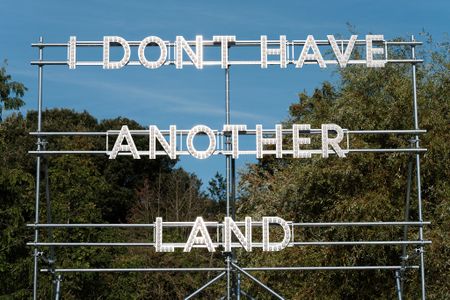 Frieze Sculpture takes over Regent’s Park
Frieze Sculpture takes over Regent’s ParkTwenty-two international artists turn the English gardens into a dream-like landscape and remind us of our inextricable connection to the natural world
By Smilian Cibic Published
-
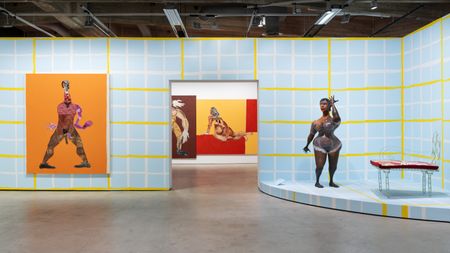 Harlem-born artist Tschabalala Self’s colourful ode to the landscape of her childhood
Harlem-born artist Tschabalala Self’s colourful ode to the landscape of her childhoodTschabalala Self’s new show at Finland's Espoo Museum of Modern Art evokes memories of her upbringing, in vibrant multi-dimensional vignettes
By Millen Brown-Ewens Published
-
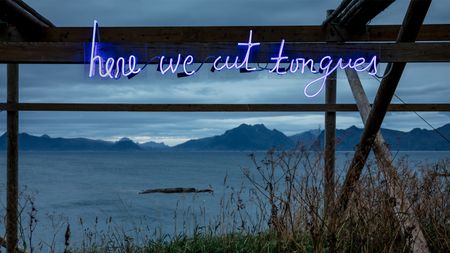 Wanås Konst sculpture park merges art and nature in Sweden
Wanås Konst sculpture park merges art and nature in SwedenWanås Konst’s latest exhibition, 'The Ocean in the Forest', unites land and sea with watery-inspired art in the park’s woodland setting
By Alice Godwin Published
-
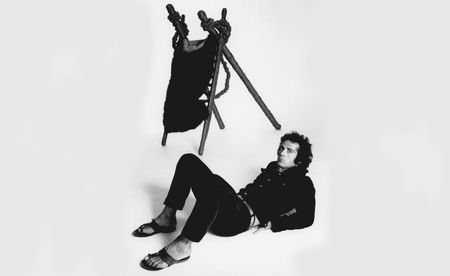 Pino Pascali’s brief and brilliant life celebrated at Fondazione Prada
Pino Pascali’s brief and brilliant life celebrated at Fondazione PradaMilan’s Fondazione Prada honours Italian artist Pino Pascali, dedicating four of its expansive main show spaces to an exhibition of his work
By Kasia Maciejowska Published